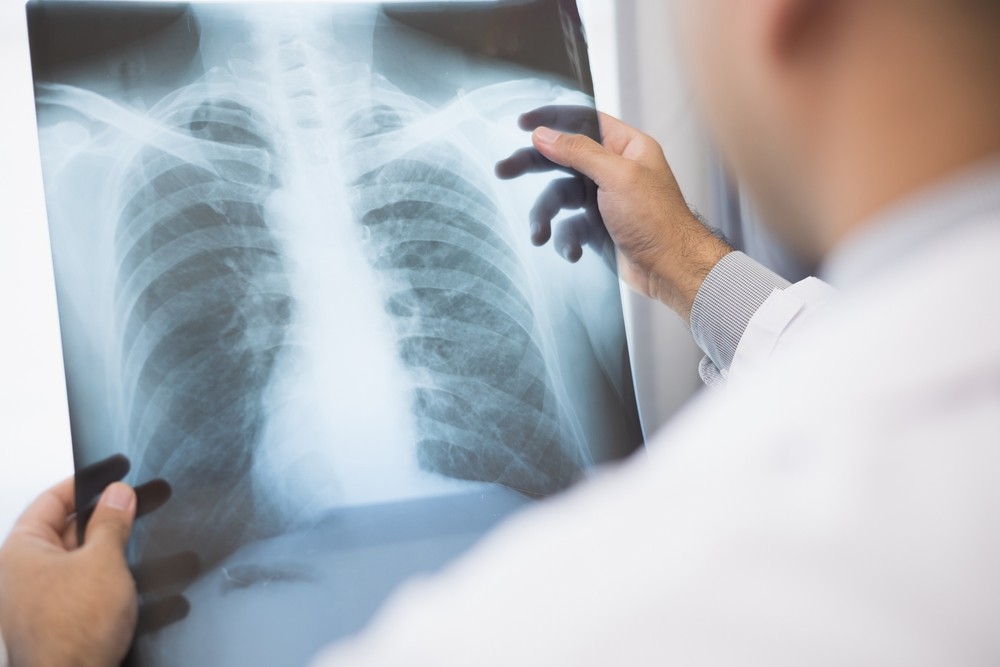For Smokers, A Lung Screening Might be a Matter of Life or Breath
July 11, 2024

According to the Centers for Disease Control and Prevention (CDC), 11.5% of US adults aged 18 and older ‒ or slightly more than 28 million Americans ‒ smoked cigarettes in 2021. The good news is that this is near historically low levels, down from 20% or higher from 1944 to 2012.
The bad news ‒ for those 28 million and millions more who have quit smoking in the past 15 years ‒ is that smoking is by far the leading cause of lung cancer, the deadliest cancer in the U.S. In fact, the American Lung Association says smoking causes 90% of lung cancer cases and the American Cancer Society credits smoking for 80% of lung cancer deaths.
If you are a smoker or former smoker, your fate isn’t defined by the statistics above. First, you can quit smoking ‒ find a primary care provider who can help. Second, a low-dose CT (LDCT) lung cancer screening could provide life-saving early detection.
These scans have been shown to reduce the risk of dying from lung cancer ‒ they catch lung cancer earlier when it is more curable. Lung cancer screening finds over half of lung cancer cases at an early stage, compared to only about 25% without screening. If you are worried about your lung cancer risk, talk to your primary care provider about lung cancer screening.
A simple lung health risk assessment is a good place to begin when considering your lung health. The three minutes you take to complete the assessment could give you a lot more (life)time down the road.
If you decide an LDCT scan might be a wise preventive measure for your health, the next step in consulting with your doctor is determining if you meet the high-risk criteria for screening.
The basic requirements are:
-
- Your age (50-80 years old)
- Current or former smoker who has quit within the past 15 years
- Smoked the equivalent of one pack of cigarettes per day for 20 years/two packs per day for 10 years
It is important to remember that your doctor does not necessarily think you have cancer if they suggest a screening test. LDCT screening for lung cancer is similar to other screening tests like mammograms and colonoscopies ‒ the clinicians are simply “taking a look” to determine if any further action is necessary.
During this conversation, you will discuss the benefits and risks of lung cancer screening and what you can expect from the process. Like most screening tests, there is a risk. In this case, it is low radiation exposure, slightly higher than the amount of radiation women are exposed to through a mammogram.
The LDCT scan itself is painless and takes less than a minute. You will lie down on the table of the CT machine and it will slide in and out of the scanner while you lie as still as possible. You may be asked to hold your breath for a few seconds. The technologist who runs the scan will talk you through the whole process.
Most commercial insurance plans cover the cost of a low-dose CT screening for lung cancer if you are 50 - 80 years old. Medicare covers screenings for those 50 - 77 years old when ordered by a doctor after a lung cancer screening counseling appointment.
If the screening result is normal, at a minimum, you will have peace of mind. If the test is abnormal, you might need more tests to find out if you have cancer. If it is determined that you do have cancer, your doctor will likely recommend treatment which could include surgery, chemotherapy, radiation, immunotherapy, or targeted therapies.
No matter the result of the screening, if you currently smoke, you can expect that your doctor will counsel you on the importance of quitting smoking and provide you with resources to help you quit.
